20+ Moments That Remind Us That Kindness Costs Nothing but Means Everything

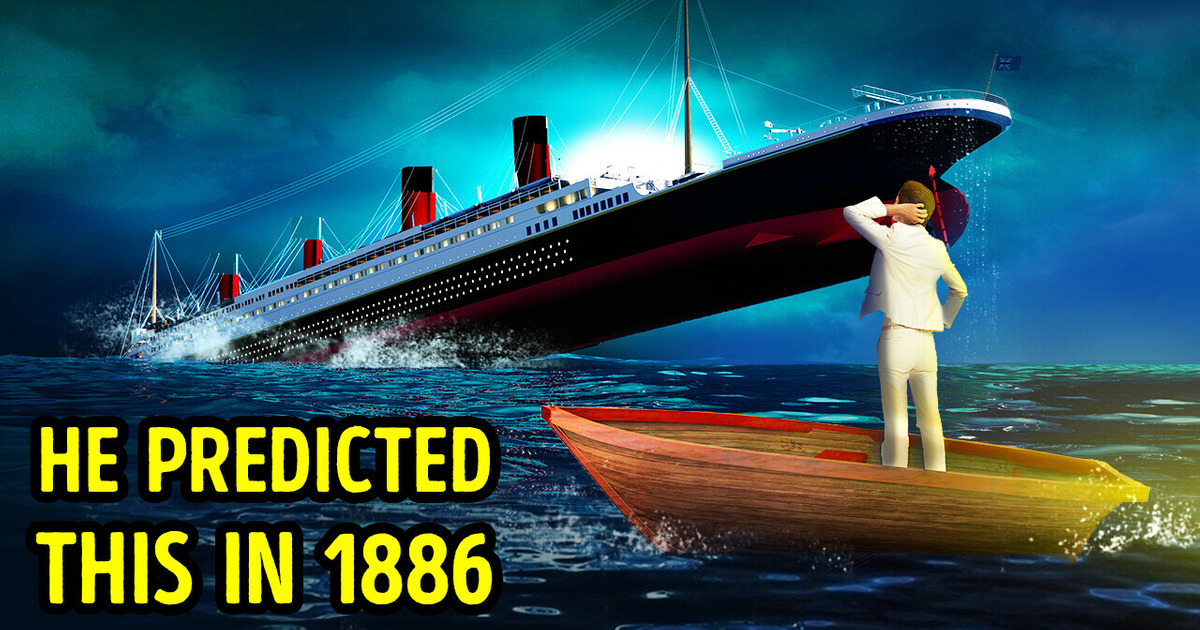
No one could ever have imagined that the “unsinkable” Titanic would collide with an iceberg. Except for one man — William Thomas Stead. Well, not directly, of course.
It’s not like he jolted out of bed one day, envisioning the fall of the Titanic. Rather, he wrote an empowering short story called “How the Mail Steamer Went Down in Mid-Atlantic by a Survivor” on March 3, 1886 — 26 years before Titanic sank.
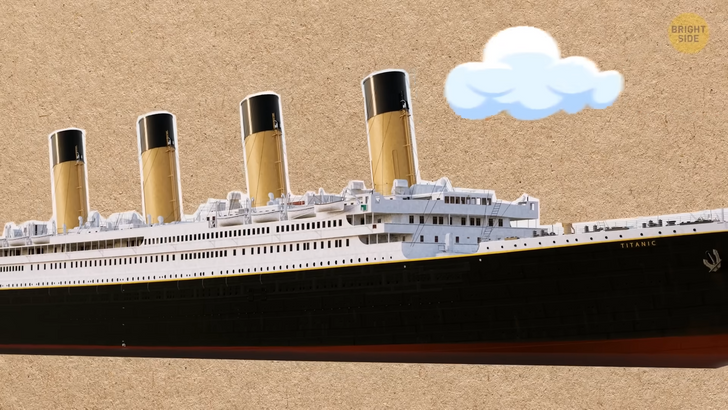
Ok, let’s do a super quick recap —Titanic was traveling from Southampton to New York in April 1912 in the North Atlantic. The ship hit an iceberg, and less than 3 hours later, it was completely underwater. Out of 2,208 people onboard, just 706 survived due to the limited number of lifeboats and icy cold water. Another passenger ship —Carpathia— heard the distress call, picked up the survivors, and brought them safely to New York.
The short story William Stead wrote was about Thomas, a British sailor, who got on a passenger liner bound for the US. At one point, the protagonist realized there weren’t enough lifeboats for everyone on board the ship in case something happened. A couple of days later, heavy fog covered everything in sight. Luck was not on the liner’s side, and it collided with a stray ship — just like Titanic struck the iceberg. Only 200 out of the 916 people made it safely to the US. The main character managed to survive by jumping into the water and climbing into one of the lifeboats.
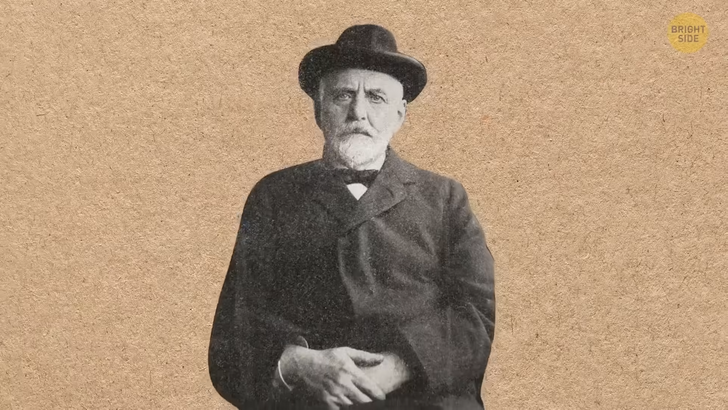
You’d think that the story riled up everyone in the industry to add extra lifeboats on ships! But sadly, it received very little attention when it was published. Even more tragically, William Thomas Stead was on Titanic when it sank! And he didn’t make it. The survivors who knew Stead mentioned that he had always been cheerful and had loved to chat during meals.
He complimented the ship’s design and how sturdy it was. Witnesses also talked about how he’d been helpful when the ship had been sinking, having given his life jacket to someone else. He was a journalist by profession and was on his way to New York for a ceremony. One of his most important contributions to modern journalism was the use of illustrations in every newspaper article. He also introduced newspaper interviews, and they’re still used to this day, along with illustrations.
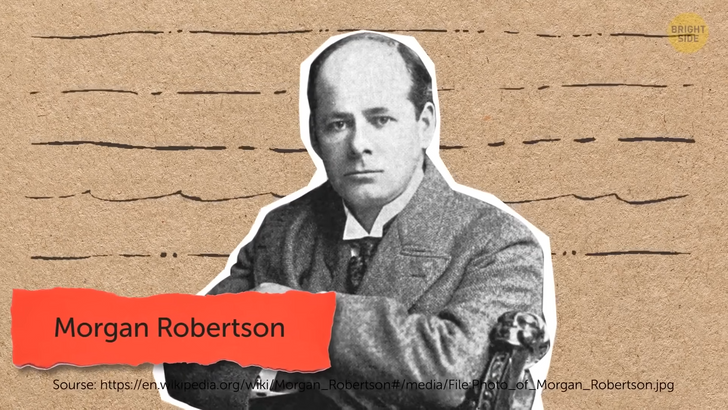
But this story wasn’t the only published work that predicted the disaster. Morgan Robertson was an author and a former ship captain who wrote short stories and novels. His most notable novella is “The Wreck of the Titan.” It’s also known as “Futility.” The book was written in 1898 — 14 years before Titanic. It was a fictional story about the Titan, an ocean liner similar to Titanic, which was crossing the North Atlantic.
It’s also a coincidence that Titan was just as fast as Titanic and shared many other similarities, like size or design. The book described it as unsinkable and the largest ship to hit the ocean at the time — that’s what they said about Titanic, too! Another eerie similarity was the limited number of lifeboats it had. The story took place in April — and that’s when Titanic set off on its journey and hit an iceberg. The Titan story also mentioned that barely anyone had survived that horrible accident. Unlike Stead’s story, the protagonist of Robertson took a different path.
The Titan sinking happened somewhere halfway through the book. So, after the accident, the main character went on with his life. The book was brought back into the spotlight after the Titanic disaster. How could someone describe the events that took place almost a decade later so accurately? Many started to believe Robertson could see the future. But the reality was that Robertson knew his way around a ship. It was easy for him to write down the nitty-gritty of things without doing more research. Realistically, one of the biggest threats for ships at that time was hitting an iceberg or colliding with other ships.
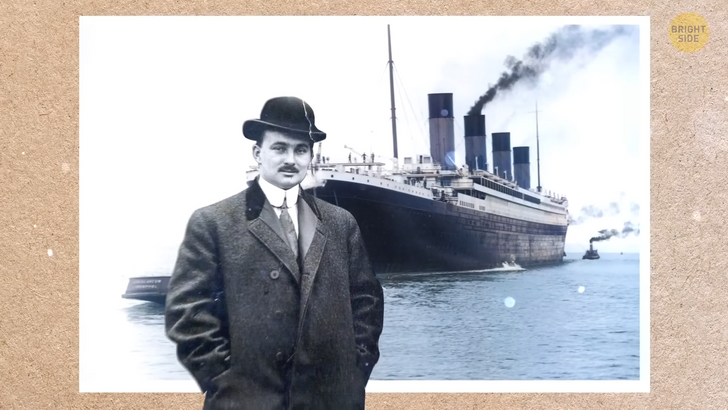
The next story sounds somewhat mysterious. Once, Alex Mackenzie heard a voice that warned him not to board Titanic. But when he turned around, there was nobody there. As he continued walking, the voice spoke to him again. But this time, it was louder and more distinct. He took the warning seriously and decided to cancel the trip and go back to Glasgow, Scotland — his hometown. His grandparents weren’t too happy to find him back home instead of on Titanic — after all, the ticket was very expensive. That disappointment very soon disappeared when they heard that the ship had struck an iceberg.
John Coffey was a member of the crew of the Titanic, but he decided to ditch the ride when the ship stopped at his hometown in Queenstown, Ireland. His inner voice told him to get off the liner, and he did. He was only 23 at the time. And for someone his age, it could be a major career boost and an opportunity to grow. Despite the horrible tragedy, the guy signed to work with the RMS Mauretania just months after the Titanic’s sinking. Talk about commitment. Some added info was revealed about what may have contributed to the fall of Titanic. The constructors insisted that the ship was unsinkable. But many people later theorized that the vessel’s steel plates had been too frail for the freezing Atlantic water. It may have caused the rivets to pop, allowing ocean water to seep inside.
Another theory is that there may have been a fire in the hull of the Titanic that had been raging for 3 weeks before the voyage. The fire softened the steel, allowing the iceberg to cut through it like a hot knife through butter. Some pictures from before the ship set off on its voyage show black marks on the hull, which could be caused by fire. Either way, the iceberg would’ve caused significant damage in any case — no matter if there was a fire or not. Some people also blame those who designed the Titanic. The ship was built with large joints at the bottom, which probably snapped easily during the collision.
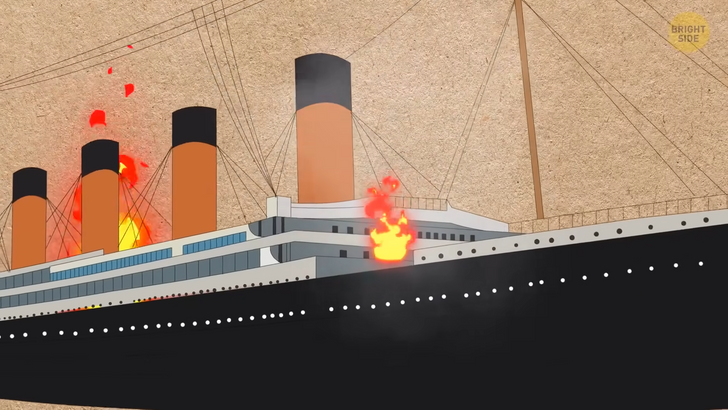
Of course, these are all theories. But we know for a fact that the iceberg was the main character of this drama and that the works of Stead and Robertson should have been taken seriously. Either way, this should be a lesson for the future, helping to prevent similar tragic accidents. By the way, ocean liners and passenger ships wouldn’t exist if it hadn’t been for Thomas Newcomen.
In 1712, he invented a steam engine that was so strong it could produce enough energy to power a ship. And a century later, in 1819, the first steamship traveled across the Atlantic Ocean to Liverpool, UK. It only took the vessel 29 days to cross the ocean. The passenger ship industry boomed in the early 1900s when it became easier for people to move to America or go on holidays. As decades rolled by, the use of aircraft stole the spotlight from passenger ships since planes were faster and more efficient.
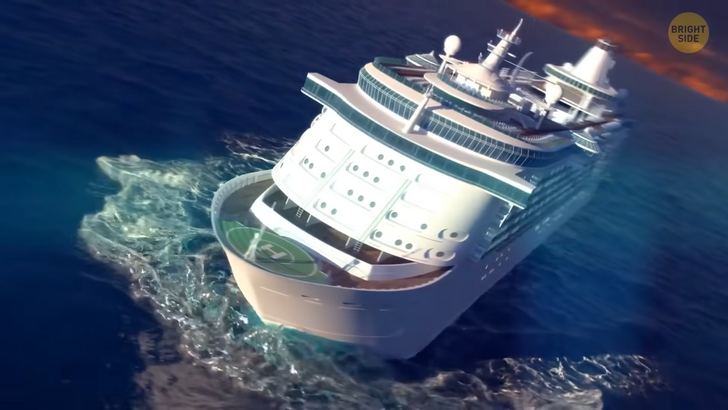
Nowadays, it’s quite rare for a passenger ship to collide with anything in open water. Modern technologies can detect anything that can pose a threat and even predict stormy weather. Cruise ships these days are giants compared to the vessels of Titanic’s era. Modern ships can carry almost twice the number of passengers and have amenities folks back then can only dream of.
Most cruise ships these days have several restaurants to choose from, multiple swimming pools, and game rooms to catch a break. If you’re in the mood for some fun, you can watch live performances. Don’t forget about the helicopter pad — because why not? Don’t worry if you start feeling unwell; the in-house doctors are always there to help any passenger in need. And these ships are only gonna get bigger.
Putting the Titanic and a modern cruise ship side by side is like comparing a Corgi to a Doberman. Back then, Titanic was the biggest and most cutting-edge vessel anyone could dream of. So who knows what the future of cruise ships can hold? We might even have entire cities floating around. Hmm... that would be a really big boat.











